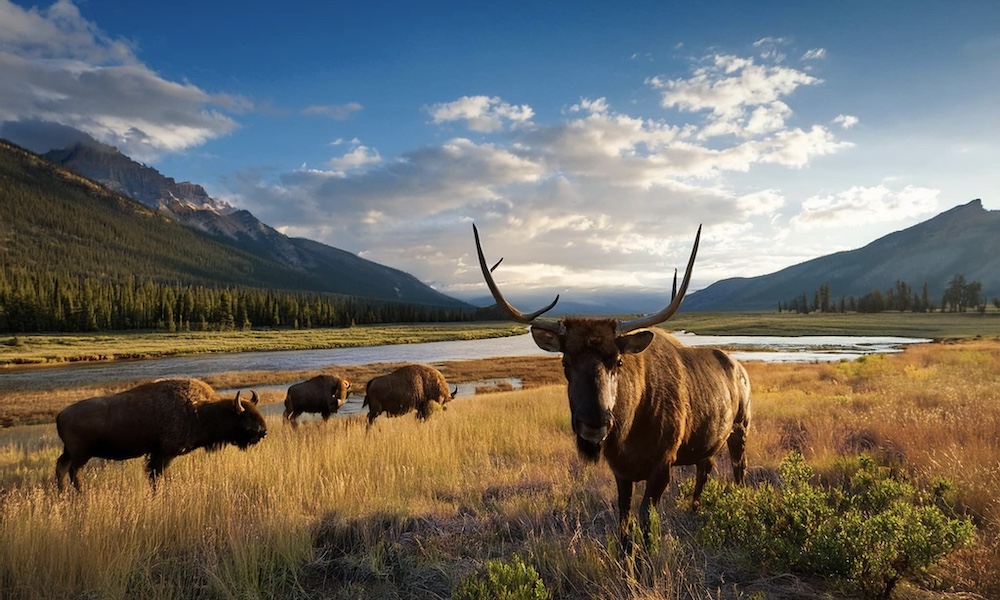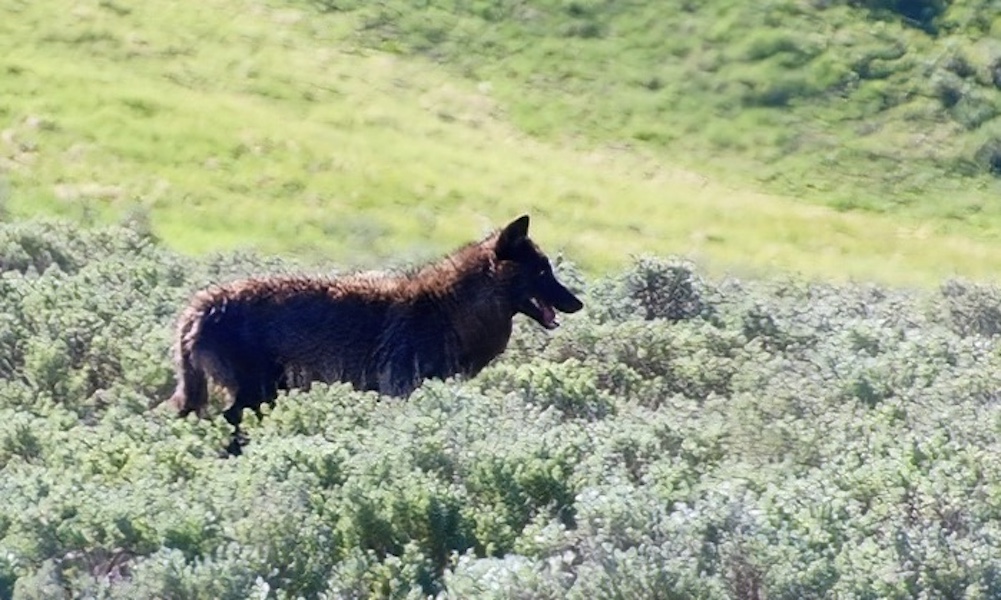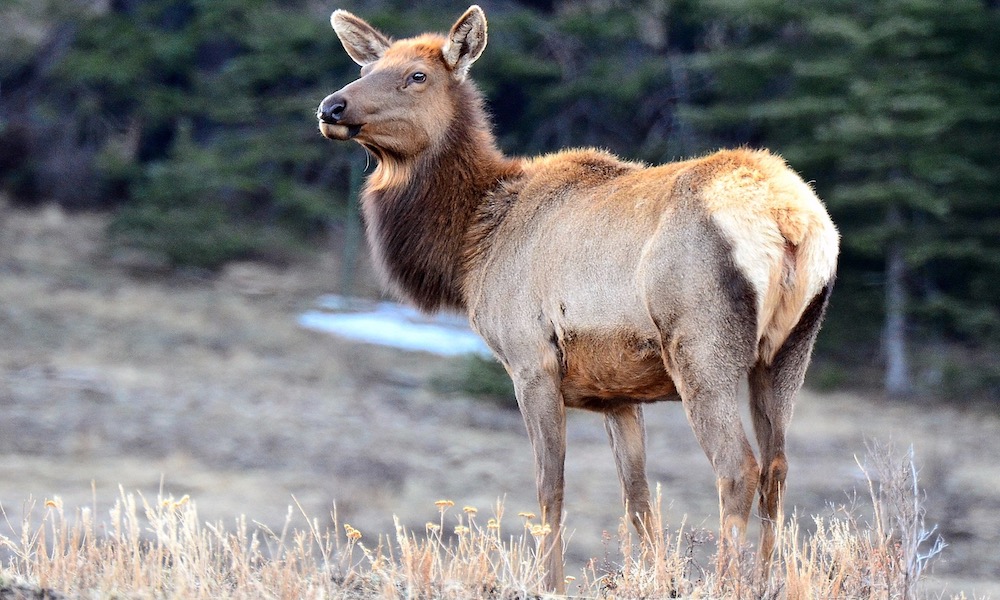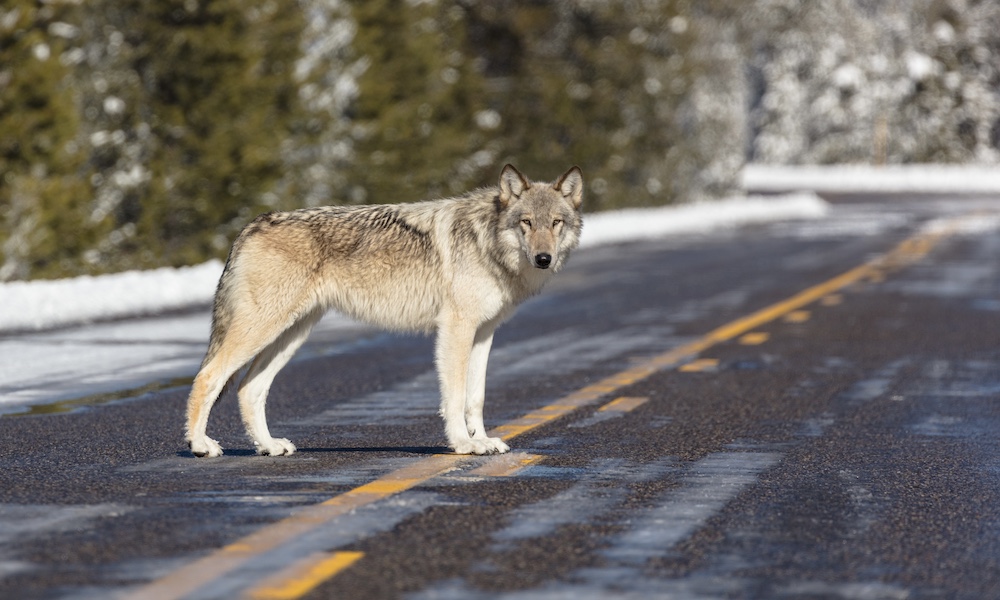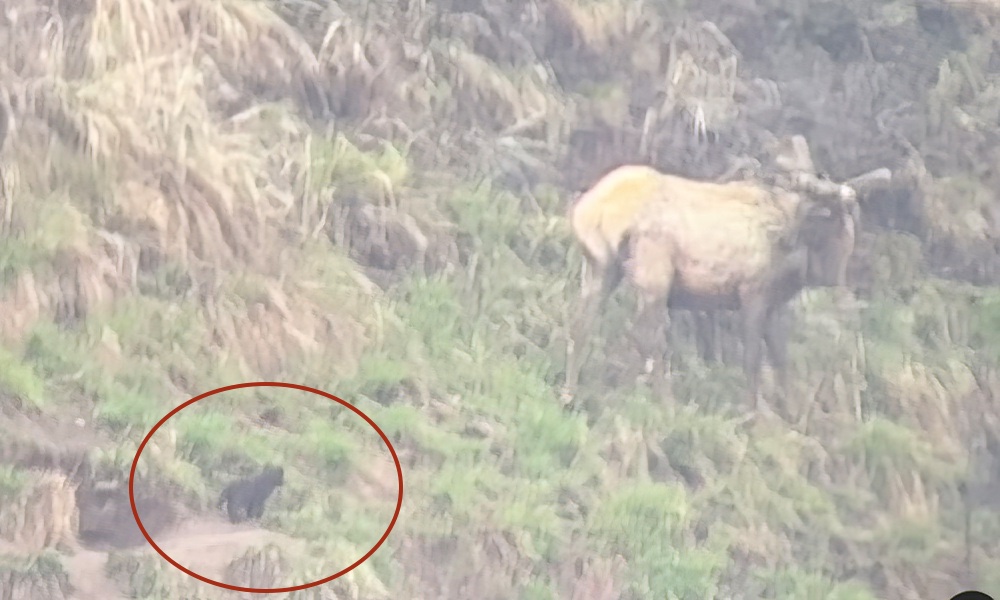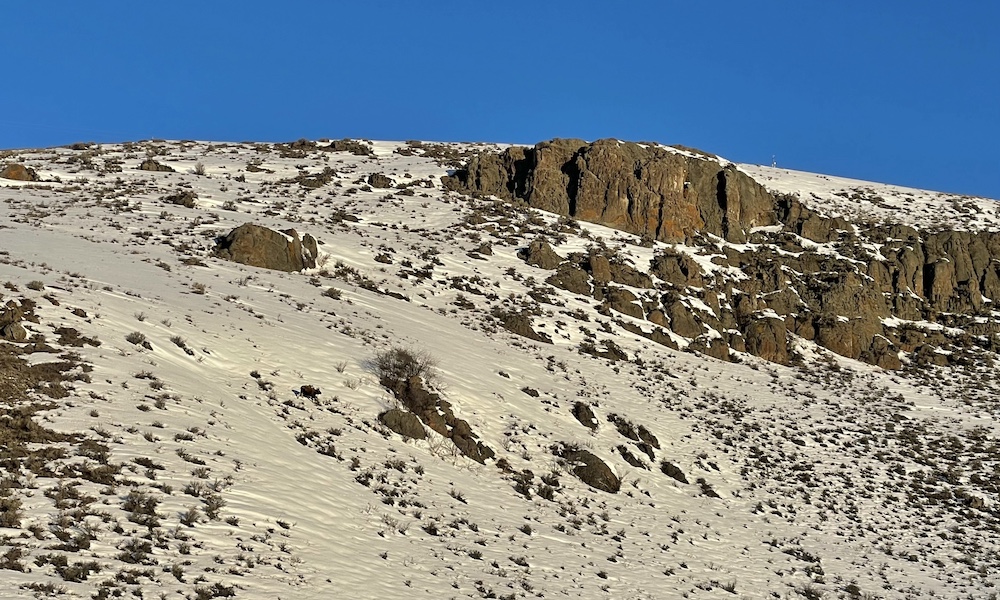A wildlife manager in Colorado called the attack “unusual and unfortunate” as the girl was thought to be a safe distance away.
An 8-year-old girl was riding her bike in a neighborhood of Estes Park, Colorado, on Thursday afternoon when a cow elk gave chase and attacked, stomping on her multiple times.
The girl, who was thought to be a safe distance away, was approximately 60 yards from the elk when it charged around 1 p.m., the Colorado Parks and Wildlife reported Friday. Experts recommend remaining at least 25 yards from elk, as stated by MyColoradoParks.com and Lost Outfitters.
The girl was taken to a nearby hospital where she was treated and released later that day.
“This is an unusual and unfortunate situation where a young girl was playing outside, far from the calf, and a cow elk became aggressive to protect her newborn,” said Jason Duetsch, Area Wildlife Manager for CPW.
“While it is a natural reaction for cow elk to be very defensive during calving season, it is not often they hurt someone, especially a child. We’re happy the girl is recovering from her injuries and wish her continued healing.”

A wildlife officer was sent to the scene where he found the cow elk and its young calf. When the elk became aggressive toward the officer, the officer hazed the elk by firing a non-lethal bean bag round at the animal. The aggressive behavior then dissipated, but the officer remained on the scene for several hours.
The next day, the responding officer returned to the scene, retrieved the newborn calf and took it to the CPW Health Lab.
Kara Van Hoose, a spokesperson for CPW told 9 News that the Health Lab requested the calf so it can care for it and study it to better understand the species.
The cow elk was not euthanized, Van Hoose told 9 News.
More from the CDW:
Officers will haze cow elk in the area as necessary to discourage interactions with neighbors. Signs warning of aggressive elk behavior have been placed in the area. Pets should be on-leash at all times to avoid conflicts with cow elk.
Late spring through early summer is considered calving season for Colorado’s elk population. During this time, cow elk can display aggression towards people and pets to protect their calves from perceived threats. Conflicts are common with cow elk and cow moose when they have young nearby, and conflicts increase until their young can stand and move around on their own. Always leave young wildlife alone, especially during calving season. It is not unusual to find calves and fawns alone, as the mother may temporarily leave the calf to find food.
Photos courtesy of Colorado Parks and Wildlife and Wikimedia Commons.
